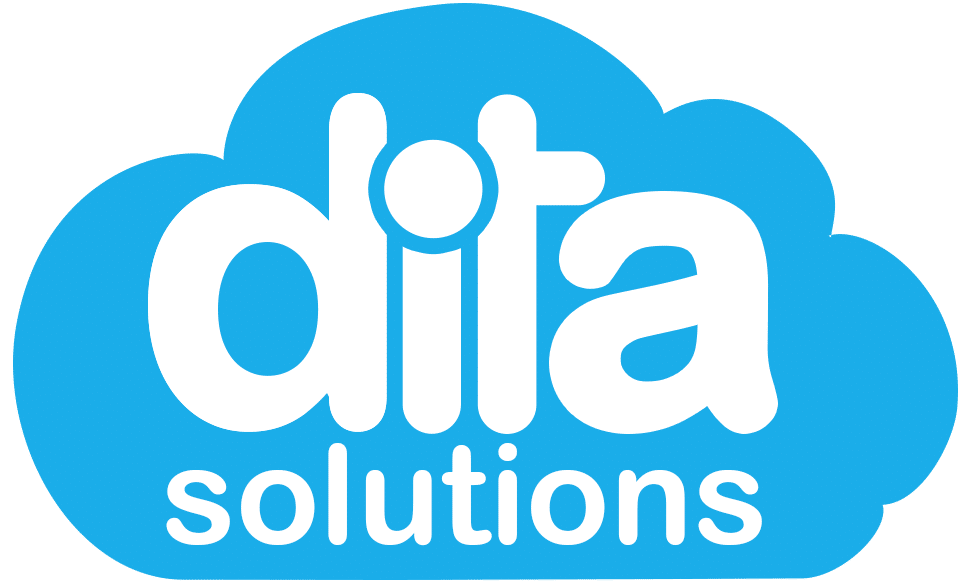
A Document Management System automates the process of managing documents from creation to storage and distribution throughout an organisation, increasing efficiency and reducing the cost and clutter of maintaining paper records. As such, businesses are now looking at implementing a cloud-based document management system to help manage, maintain, and safely store these important business documents.
In this blog, we look at 10 best practice tips for your business when implementing a Document Management System.
1 – Establish a team for the implementation
Transitioning to an online digital system for your business’s document management will require collaboration for it to be successful. Ideally, the implementation team will come from a mix of departments who will be able to provide key perspective and requirements for the whole business, not just one point of view from one part of the business.
2 – Establish a time frame for the implementation
With any project, without an established timeframe, you run the risk of a time blowout. Instead, collaborate with your implementation team, build a timeline for each task, and set completion goals for each.
- Using the best practices in this blog, create a structure for implementing the documents management system
- Breakdown each segment into tasks or smaller deliverables
- Establish who owns the responsibility for each deliverable and how long each task is
- Set a completion goal for the implementation
3 – Review Current Documents
You’ll be surprised how many documents and types of documents are created and stored over time in a business. Every department, each position, and team will have a document relevant to them. Your project team should take this opportunity to audit these documents and establish the following:
- Is the document up to date?
- Is the document still a requirement in the business?
- Who is responsible for the document and are they still with the business?
- Should there be a digital version of the document?
4 – Allocate a document owner to each document
Every document should have a document owner. This owner is responsible for the creation of the document, ensuring the right teams and employees have access to the document as well as ongoing versioning, updates, and maintenance of the document.
5 – Know who needs access to the document
A document management system automates the distribution of a document throughout an organisation. However, when creating the document into the system, you first need to know who requires access to the document. The document owner will need to establish:
- Does the document need to be accessible by the whole organisation? (e.g. Workplace Policies)
- Is the document relevant to just one department? (e.g. Payroll system manual)
- Is the document position specific? (e.g. Job Description)
- Is the document location based (e.g. Workplace Health and Safety – state-based legislation)
6 – Understand the legal requirements of each document
The compliance requirements for some documents can be very complex and having no compliance can result in fines, cancellation of licenses, and in some cases, criminal liability. The key things to consider are:
- Does the document need a review or renewal? If so, when?
- Does the document need a sign-off once read?
- What evidence is a requirement by law that a document has been read and signed?
- How long does the document need to be stored for auditing purposes?
7 – Know the workflow
Your digital workflows for document management don’t necessarily reflect the manual workflows of your paper-based system – they will be more efficient and automated. Your workflows will be set up when you start to load your documents into your document management system.
- Does the document require signoff before going live?
- What is the release date of the document?
- When does the document need a renewal or review?
- Who will the document be sent to?
- Is there a signature requirement in case of an audit?
- Is feedback/comments from the staff a requirement in case of an audit?
8 – Load into the Document Management System
Now that all the preparation is complete, you can start uploading your documents into the document management system. Each document should be loaded into the system by the document owner who can then create, build in the document workflow requirements, and allocate to the appropriate people. Your document management system settings that you’ve established while creating the document, will automate the workflows and key requirements for the document for your organisation.
9 – Communication is key
There’s nothing worse than when you receive an email in your inbox and have total confusion by its contents. However, this can be easily null and void by making an establishment that the wider business knows that there is a change in your documents procedure. For example, how you communicate will be dependent on your business (intranet, memo, email), such as:
- When the change comes into effect
- What to expect from the change
- What the requirements will be
- Who they should contact if they have any questions
10 – Gather Feedback
With any new process or system, it’s important to gather feedback from the wider team and business on how the implementation is working for them. It will help you understand the ins and outs of the everyday usage of the document management system and will allow you to review your process moving forward.
- Do they find it easy to access their documents?
- Are your workflows and automation working as planned?
- What challenges, if any, are they having with document access?
In conclusion, documents are a necessary part of any business or organisation and the ongoing management of these documents doesn’t have to be difficult or time-consuming. To see how dita Solutions can assist you with implementing a document management system for the ongoing management of your workplace documents, please contact us today.


